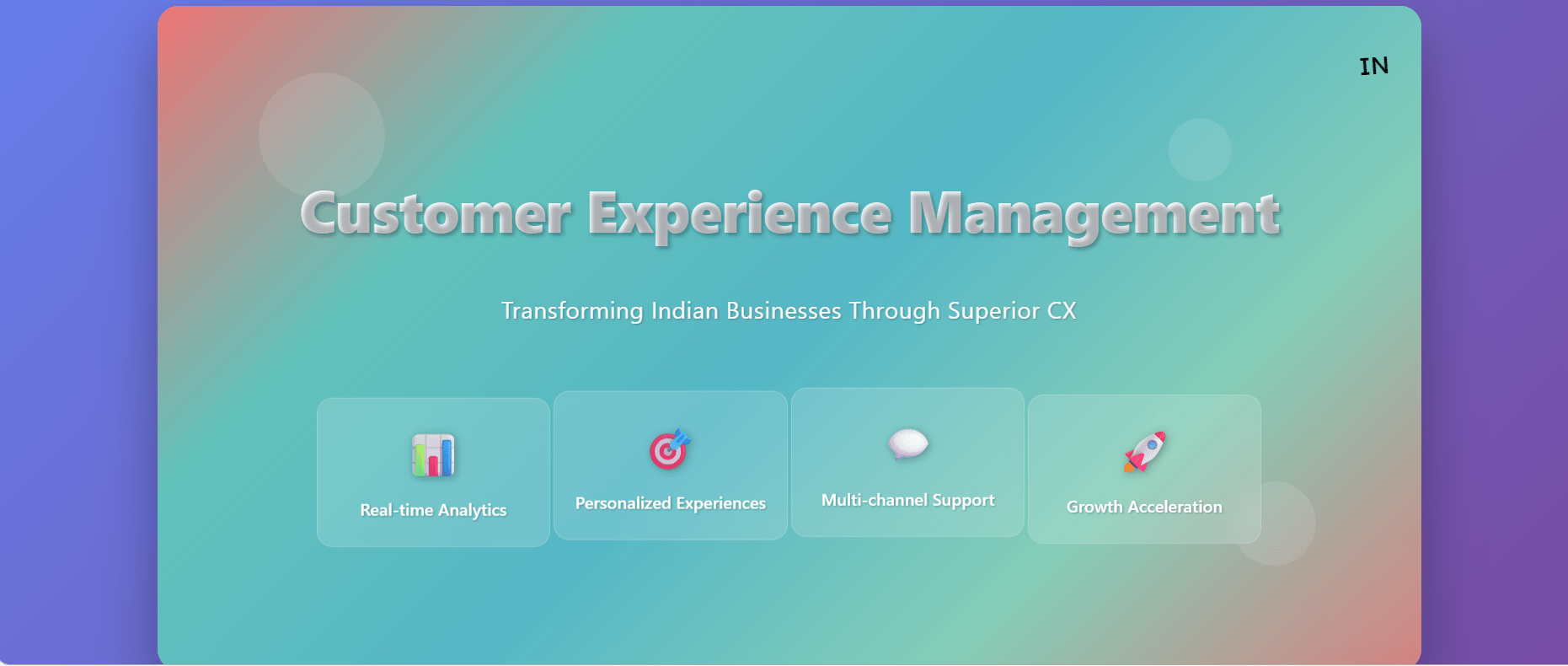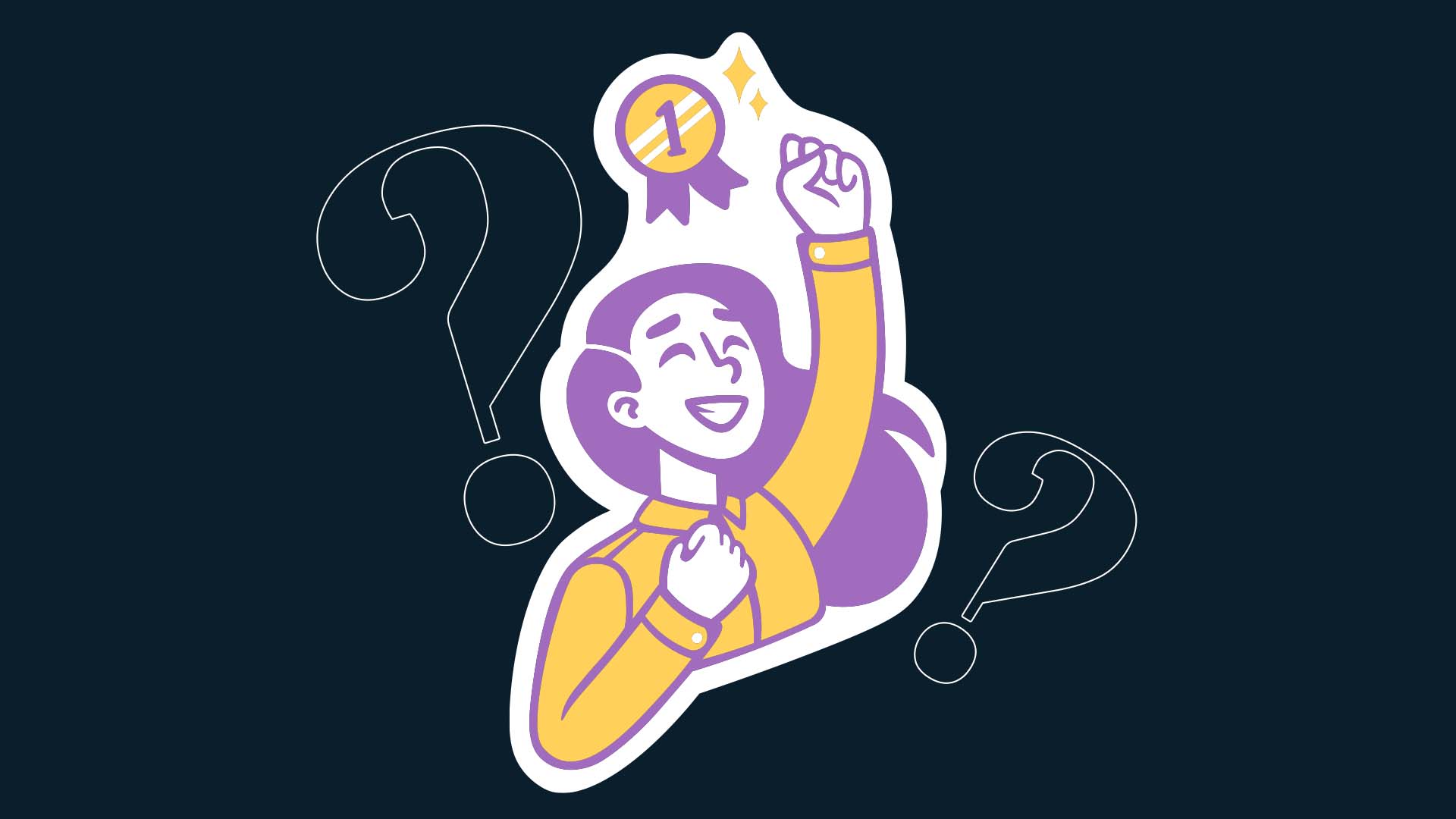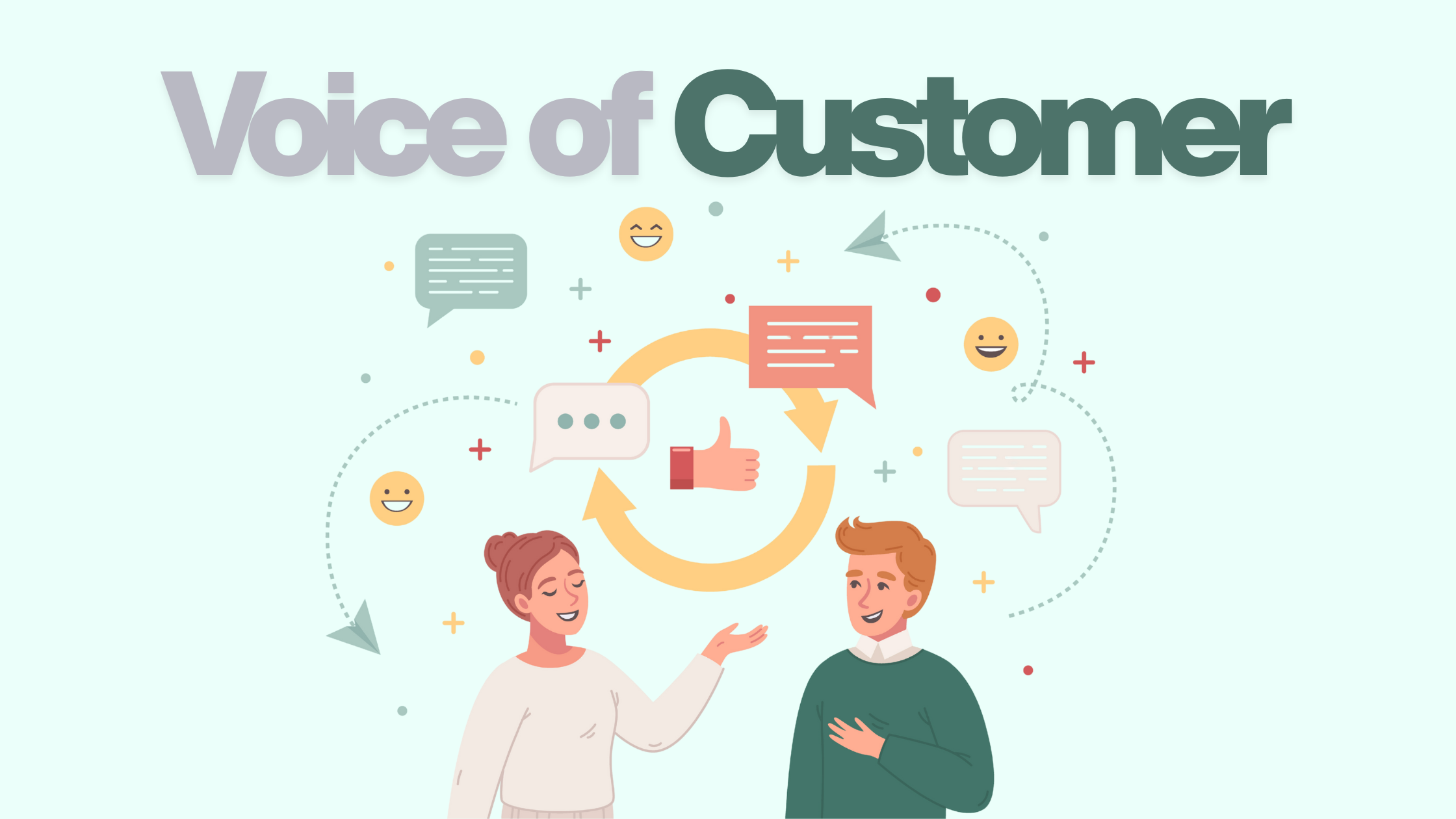Introduction
In today’s competitive CX landscape, Net Promoter Score (NPS) has become the go-to metric for measuring customer sentiment. But is a high NPS truly enough? Or are we missing deeper signals beneath the surface?
This blog distills key insights from the inaugural episode of the CX Monetization Podcast hosted by Zykrr, featuring Nandakishore Tripathi (NK), VP of Growth at Zykrr. Together with host Srinivas B, they explore why NPS alone might be misleading, how to look at it in context, and most importantly, how to drive monetization outcomes from customer feedback.
🎧 Watch the full episode on YouTube here 👉 Improve CX By Looking Beyond NPS
Why NPS Became the Industry Standard
NPS earned its fame by offering a single, universal measure of customer loyalty: “How likely are you to recommend us?” Its simplicity made it a favorite across industries. As NK points out:
“It’s been scientifically proven over time that NPS is a leading indicator of long-term customer loyalty.”
It gave organizations a quick way to benchmark performance, unify CX reporting, and signal executive buy-in.
But Here’s the Catch: High NPS Can Be Misleading
What if your NPS is 80—but churn is rising?
NK warns that NPS alone, without context or follow-up action, can become a vanity metric. Just as a car’s speedometer doesn’t reflect fuel levels or tire pressure, NPS doesn’t reveal underlying issues:
“NPS might show you’re driving fast. But without CSAT (fuel) or CES (tire pressure), you’ll miss signs of friction that impact performance.”

This leads to a key CX strategy takeaway:
Don’t Treat NPS as a Destination. Treat It as a Dashboard.
To truly understand and act on customer sentiment, organizations need a trinity of metrics:
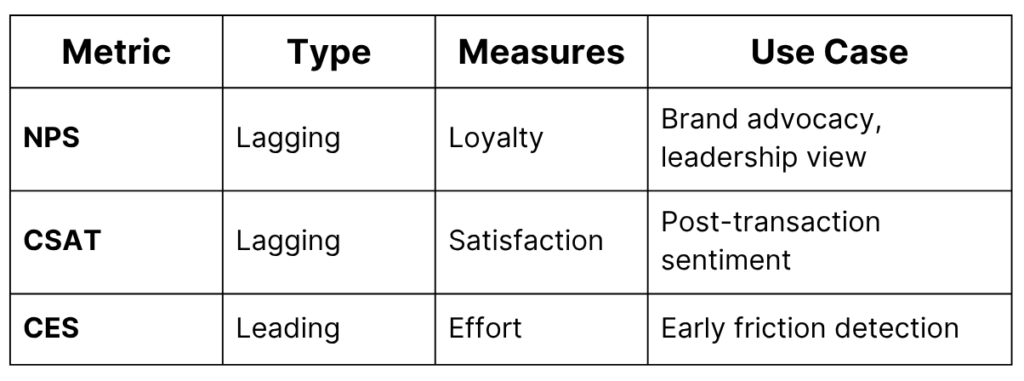
Measurement Is Just Step One. Action Is Where Monetization Begins.
A common trap is obsessing over benchmarks (“What is a good NPS score?“). NK advises:
“Benchmark against yourself, not just your industry. Build your own baseline and track improvement.”
Real Monetization Happens When:
1. Feedback is contextualized with CSAT and CES
2. Insights are actioned through closed-loop systems
3. CX metrics are tied to churn reduction, upsells, and service recovery
Closing the Feedback Loop: From Detractor to Promoter
“In B2C, volumes are high. Many ask, ‘Should we close the loop with every detractor?’ The answer is: use technology wisely.”
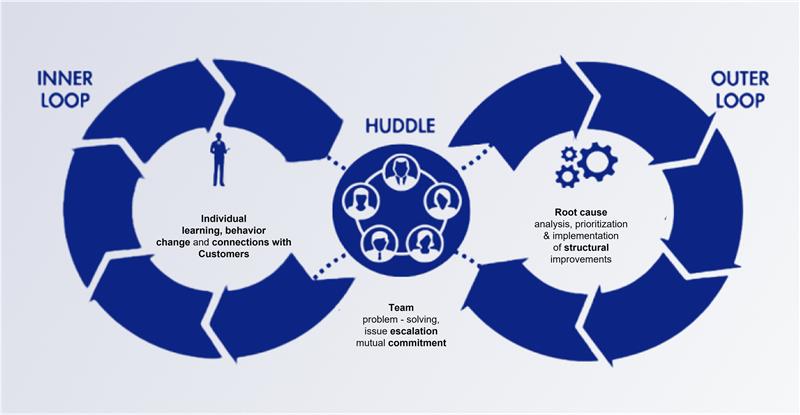
Closing the loop—especially at scale—requires smart use of AI, automation, and Agentic CX platforms.
Example: Closing the Loop with Agentic AI
1. Trigger: A low NPS score is submitted via WhatsApp
2. Response: An empathetic AI message acknowledges the feedback
3. Action Routing: Ticket is routed to relevant team based on topic
4. Channel Match: Follow-up sent via customer’s preferred mode (WhatsApp/email/call)
5. Resolution Log: Closure logged with a human touch if needed
This reduces friction and boosts CX ROI by:
1. Increasing retention among detractors
2. Building goodwill at scale
3. Reducing cost-to-serve
Rethinking NPS Benchmarks: It’s About Trajectory, Not Trophy
“Your baseline is more important than your benchmark. You may have a 46 NPS and better revenue retention than someone with 56.”
Rather than comparing with industry averages, NK suggests:
1. Set internal benchmarks (your own history is your best competitor)
2. Look at NPS by segment (product line, geography, customer tier)
3. Correlate with outcomes (churn, CLTV, referrals)
How CX Technology Enables Monetization
Traditional CXM tools focused on measurement and dashboards. Modern tools like Zykrr go beyond that:
1. Real-time segmentation of promoters, passives, detractors
2. AI tagging of open-ended feedback
3. SLA-based routing to reduce delay in action
4. Journey analytics that surface friction points
5. Closed-loop automation that drives proactive outreach
These features allow CX leaders to move from “what do customers feel?” to _”what should we do about it, and who should do it?”
Final Word: From Framework to Financial Outcome
To summarize NK’s core message:
“NPS is a framework, not a finish line. To monetize CX, track your own progress, act on customer signals, and tie experience to outcomes.”
In 2025, CX leaders who win won’t just measure better—they’ll act faster, serve smarter, and monetize loyalty. And that’s the shift Zykrr is helping organizations make
Frequently
Asked Questions
-
Is NPS still relevant in 2025?
Yes, but only when combined with CSAT, CES, and closed-loop action. It should be part of a larger CX monetization strategy.
-
What is the best way to close the feedback loop?
Use technology to route, respond, and resolve issues quickly. Platforms like Zykrr automate this based on customer input.
-
How does NPS tie into revenue?
A higher NPS often correlates with retention and referrals. But only when acted on. Monetization happens when feedback triggers action.
-
Can AI help improve NPS?
Absolutely. AI enables scalable feedback analysis, sentiment tagging, and personalized follow-ups—especially useful in high-volume B2C scenarios.



















